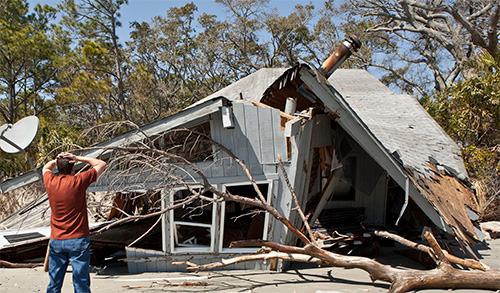
The Atlantic storm season runs from June 1st to the end of November. In the past few years, the country has experienced an above average number of storms that have wreaked havoc on homes and buildings in the path of hurricanes and tornadoes.
Thankfully, this year will see a brief reprieve thanks to the El Niño effect which makes it difficult for hurricanes to form. Predictions from Colorado State University put the number of tropical storms around 7 with 3 expected to develop into hurricanes. This is well below the average of 12 named storms and 6 hurricanes.
Preparing for Bad Weather
If you are building a home or business this year, you can mitigate much of the danger and damage that floods and high wind events cause by building stronger, better structures. Advances in building technology have made available (and affordable) a number of options for potential home owners that can help to protect your family.
Building in Flood Zones
It’s all about location when it comes to picking the right site for your home. Be cognizant of rising water levels and storm surges as insurance companies will no longer cover homes situated in flood zones. NOAA has released new color-coded maps which show where water surges may occur in the event of inclement weather.
Consult these maps and do you research on potential sites prior to committing. Contact your insurance company to check that they cover the area where you are considering buying.
Floor and Roof Design
Rima Taher, a structural engineer at the NJIT college of Architecture and Design: “Design buildings with square, hexagonal or even octagonal floor plans with roofs of multiple slopes such as a four-sloped hip roof. These roofs perform better under wind forces than the gable roofs with two slopes. Gable roofs are common only because they are cheaper to build. Research and testing demonstrate that a 30-degree (7/12) roof slope will have the best results,” she says in Science Daily.
Wall Design
Studies show that one of the most efficient, economical and strong choices to resist both flooding and high wind events are ICF walls. ICFs are made from Styrofoam blocks, reinforced with rebar and filled with concrete. This makes them extremely strong and durable and they are able to withstand hurricanes, tornadoes, earthquakes and fires.
ICFs are used by military institutions and schools to create safer, healthier structure that are also energy efficient. Stronger by far than conventional housing options, homes made from ICFs can withstand the pressure of storm surges, the onslaught of high winds and they aren’t susceptible to mold.